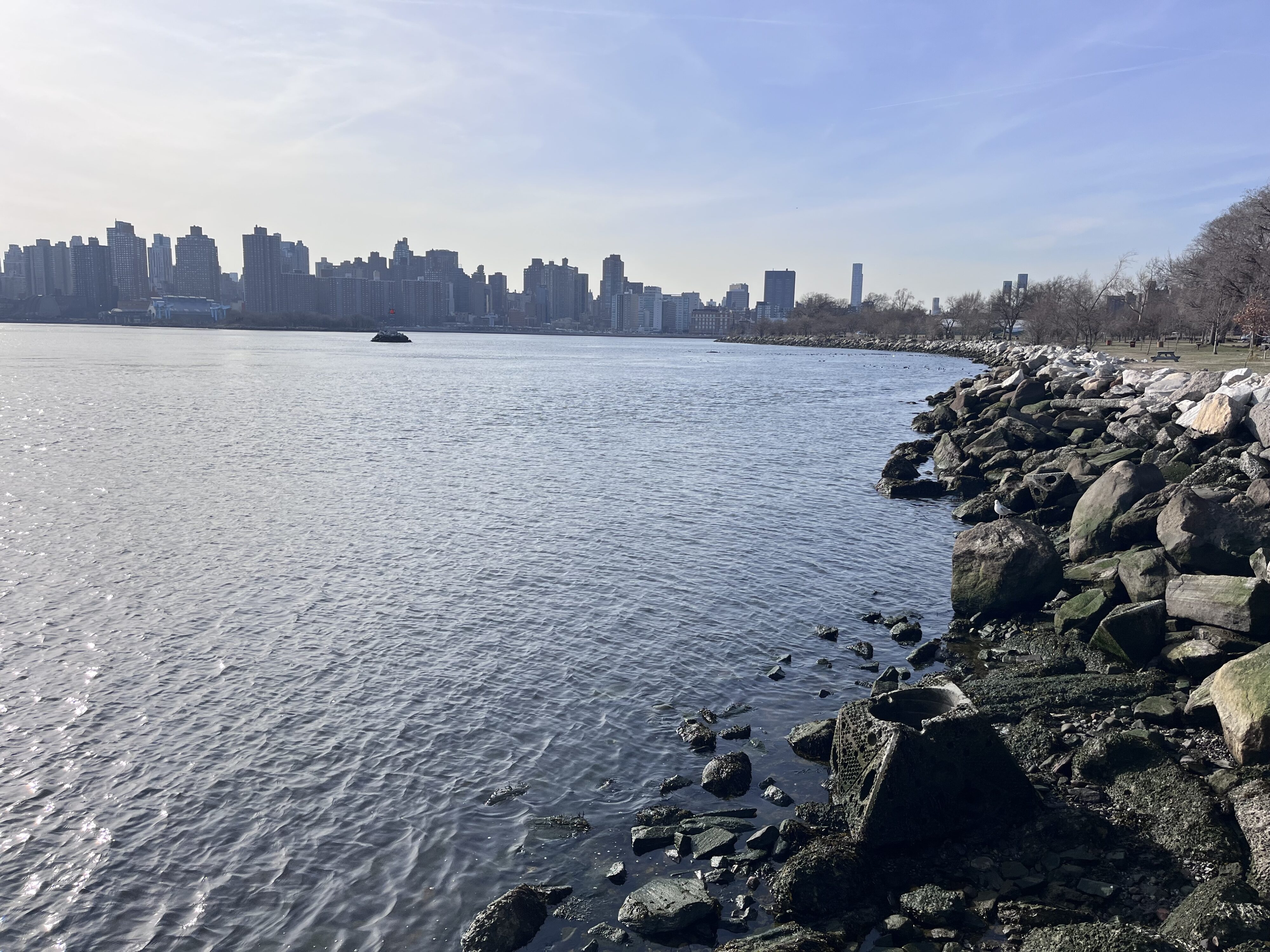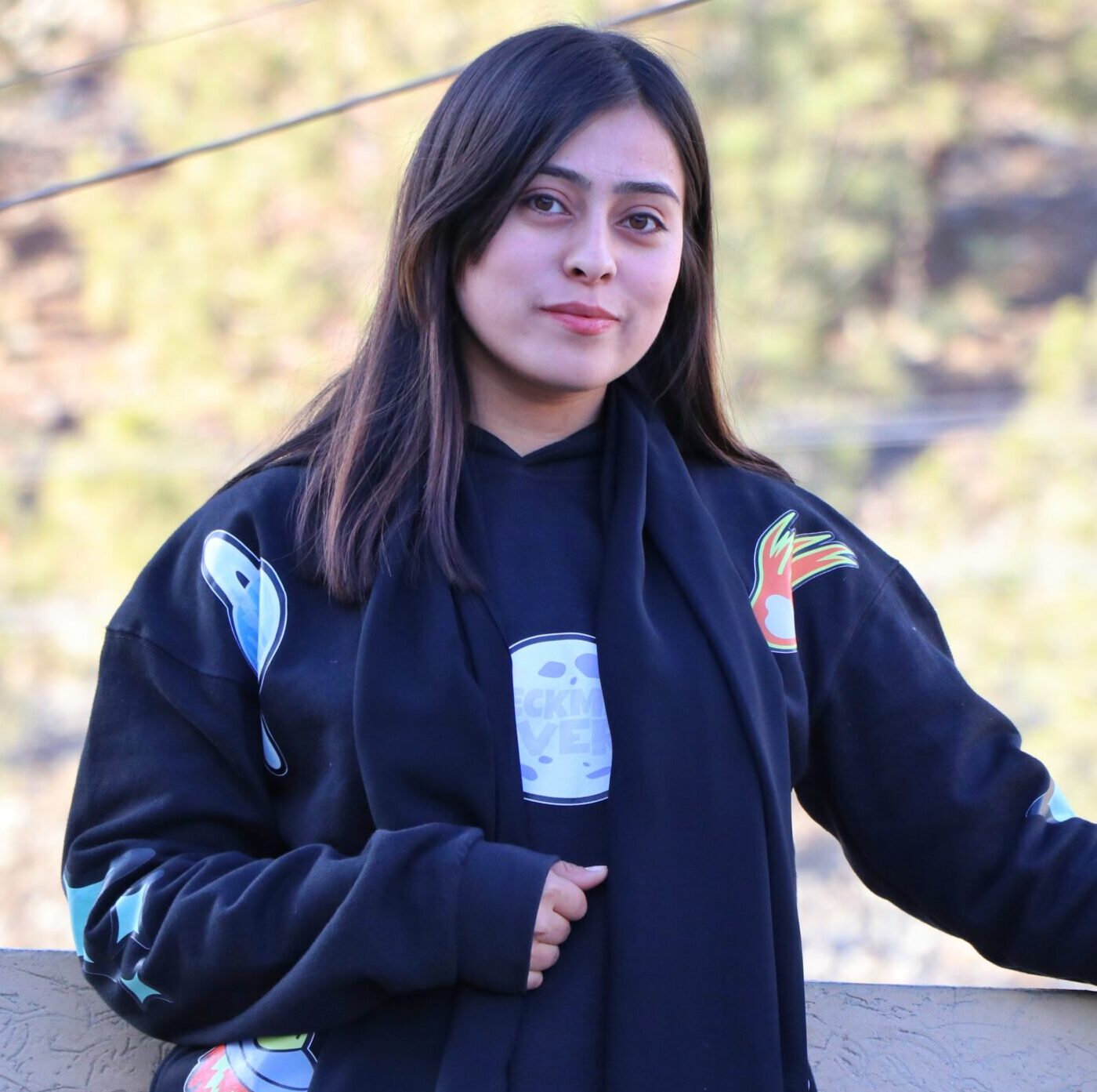
Identifying Severe Weather Outbreaks Earlier

A team of scientists from three universities has developed a weather-prediction system that will allow forecasters to predict tornadoes and other severe storms at least three days before the storms start.
Tornadoes and other severe weather outbreaks annually cause loss of life and massive property damage to many portions of the U.S. These research findings can help weather prediction centers improve computer modeling of storms and warning lead times, potentially mitigating such devastating effects.
Scientists have long sought to extend the prediction skill and warning lead time of tornado and severe weather outbreaks. Prior to this study, it was generally accepted that a purely objective forecast system could not skillfully discriminate storm type, and forecasters have emphasized short-term prediction of individual storms.
The research team, combining scientists from the University of Oklahoma, Mississippi State University and the University of South Alabama, based their system on new knowledge about the relationship between the large-scale state of the atmosphere and the processes that form storm outbreaks. Examining the large scale allows us to extract more signals in the atmosphere that are associated with outbreaks.
A major benefit is that the findings can be useful to severe-weather forecasters at the Storm Prediction Center in Norman, Okla., which is in the stretch of U.S. known as Tornado Alley.


















